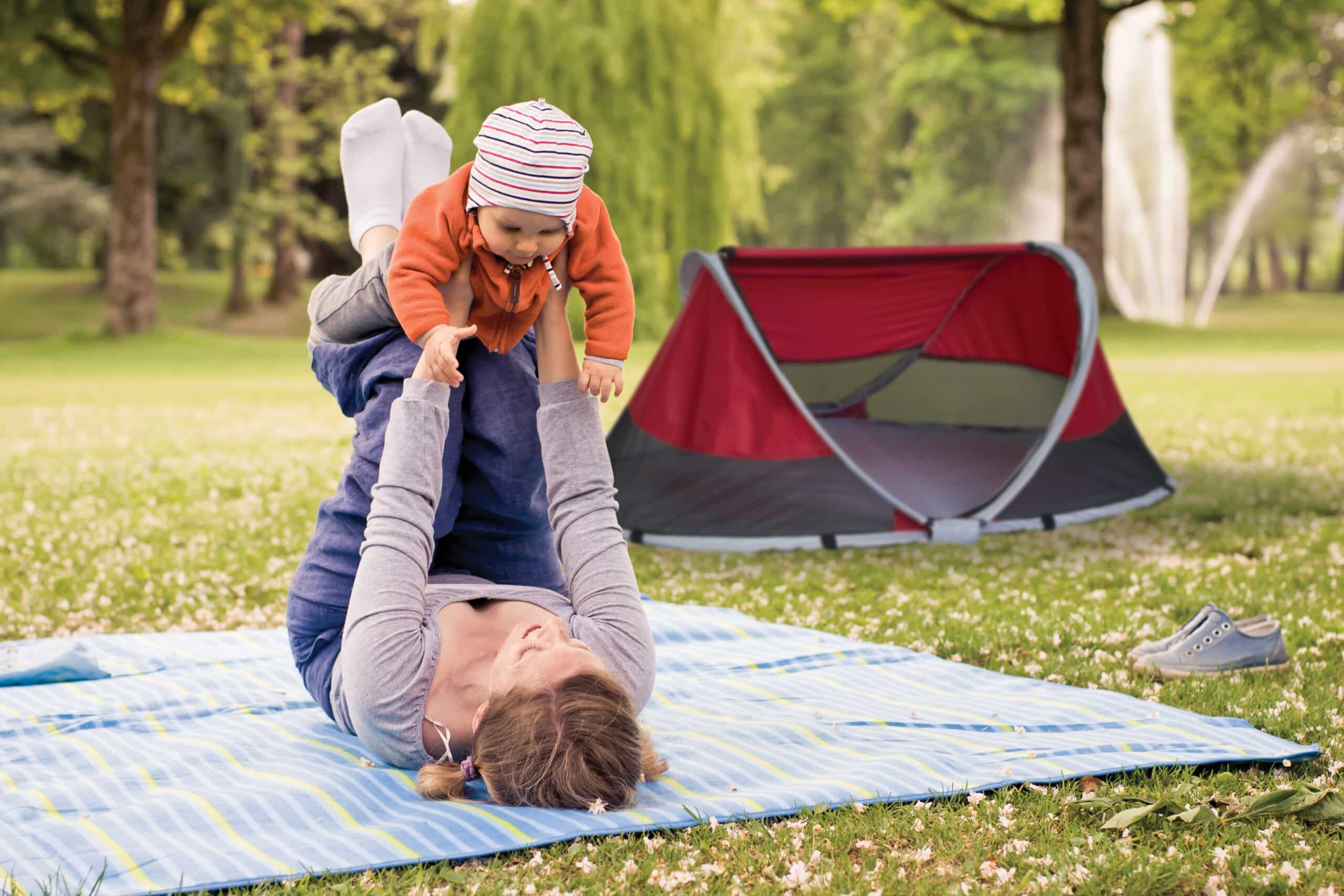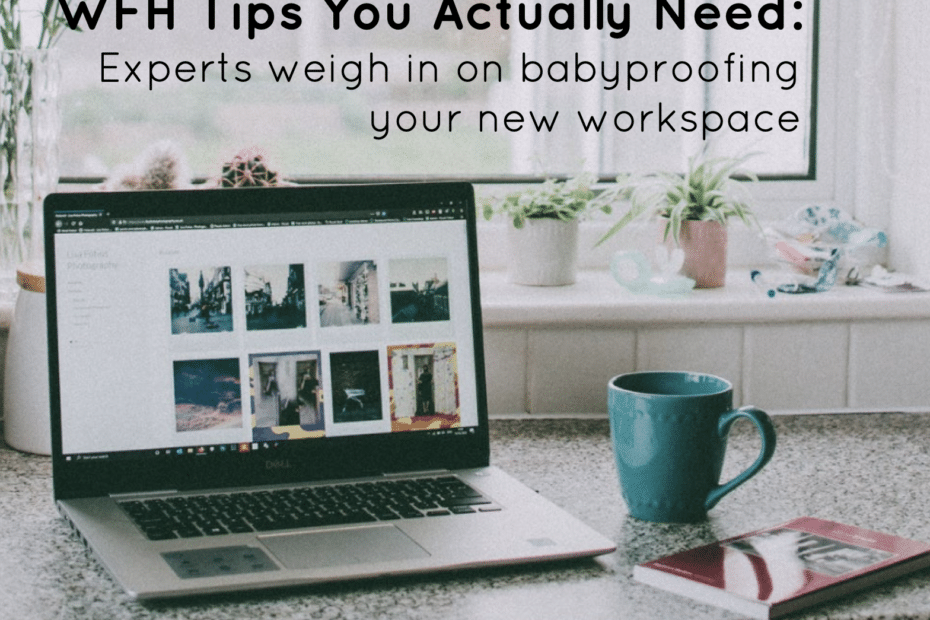5 Things Parents Can Do to Save Time
Life as a parent often involves spreading yourself too thin. Between school, extracurriculars, doctor’s appointments, and homework, managing a household can pull you in a million different directions. Oftentimes, you’ll probably look at your weekly to-do list and worry that there isn’t enough time to get everything done.… Read More »5 Things Parents Can Do to Save Time


